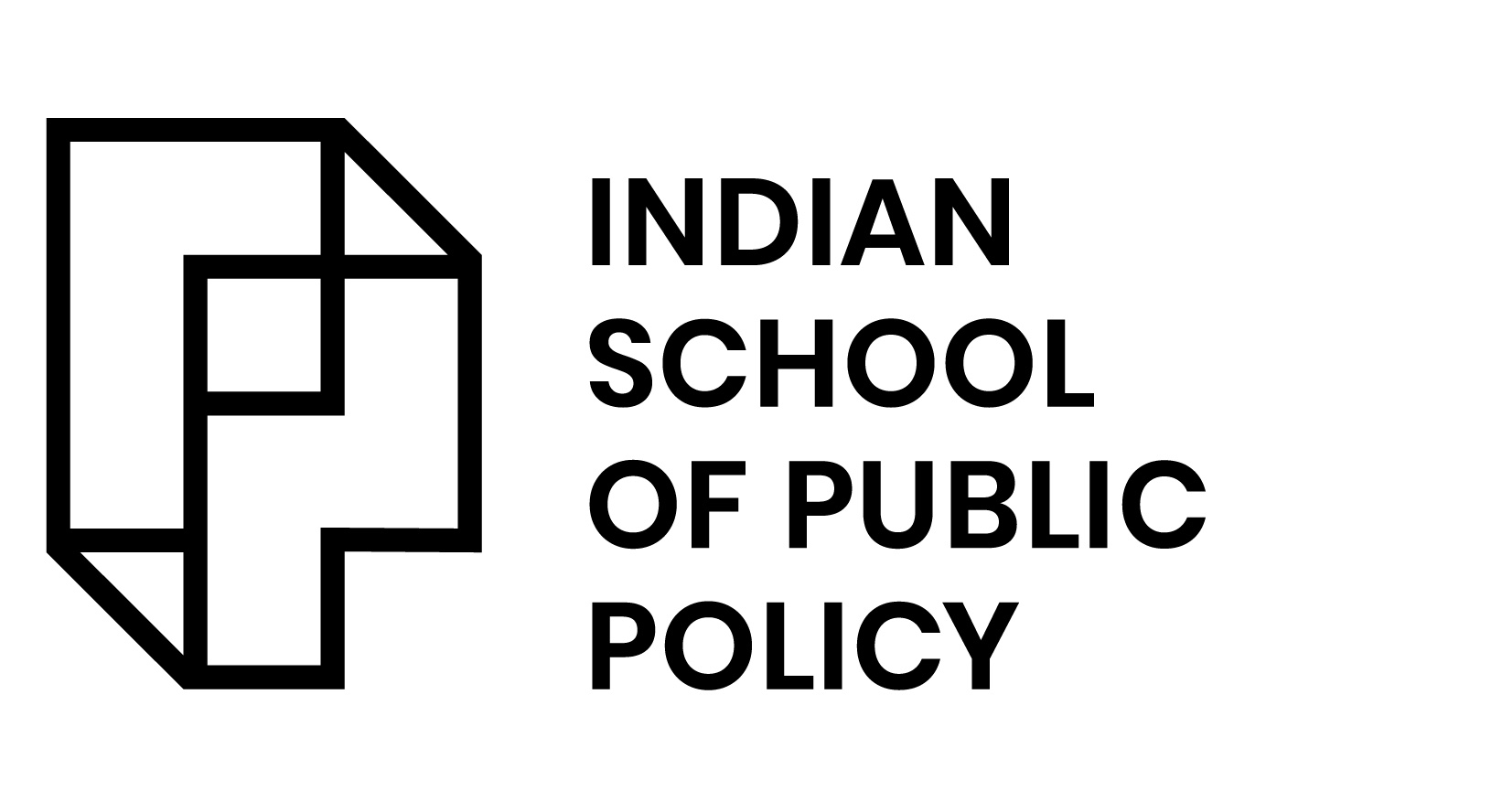
Markets for Developments
Samaaj, Sarkaar and Bazaar are three big tools in policy makers’ toolbox. What are the pros and cons of each of these tools? Markets are used to solve many of the most common and important problems. However there are many instances where markets seem to fail in delivering expected results. A typical response in these situations is to look to samaaj or sarkaar. We would learn in this course that when these failures are properly understood, we could redesign/ repurpose markets to fulfill their promise.
Many believe that markets cannot serve the poor, or would not provide certain products and services to all, or would miss marginalised people and geographies. We would explore tools through which markets could overcome these challenges. The Markets for the Poor (M4P) approach illustrates how markets could serve marginalised communities and areas. Markets could improve or substitute government provision of goods and services (M4G).
They could help in sustainable management of natural resources (M4N). They could solve what economists claim to be market failures (M4F). Markets could work even in areas that are seen as outside the market like organ transplant, the undefendable markets (M4U).
The course would develop different perspectives on the nature and workings of markets, missing markets, failing markets, undefendable markets, empowering markets as well as designing markets. It would illustrate the market power through what I call M4PUFNG (Markets for the Poor, Undefendables, (market) Failures, Natural Resources, and Government Goods and Services). These are radical ideas; be prepared to be shocked!

Parth J. Shah
Co-Founder & Dean; ISPP, Founder President at Centre for Civil Society
Markets For Development, Governance & Public Administration


